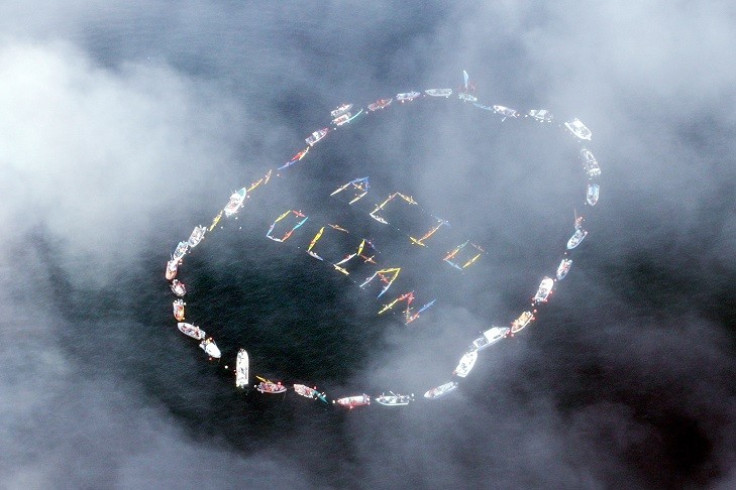Reversing ocean acidification with aggressive CO2 removal will take more than 700 years

It will take more than 700 years to reverse ocean acidification to the point of pre-industrial conditions, even with the most aggressive carbon dioxide removal techniques, scientists have said.
Scientists from the Potsdam Institute for Climate Impact Research in Germany say that if we were to remove CO2 from the atmosphere at a rate of 2.5 times that of the current annual emissions, oceans would not recover to a low-emission state by 2700.
Publishing their findings in the journal Nature Climate Change, the scientists used computer models to stimulate the effects of CO2 removal on the marine environment.
They imagined two scenarios – one where five gigatonnes of carbon is removed every year, which is equivalent to around half of our total annual emissions, and another where 25 gigatonnes of carbon is removed. In both scenarios, CO2 emission rates were under "business as usual" conditions.
Carbon dioxide removal (CDR) has been proposed as a means to mitigate global warming and ocean acidification. To work out how effective this would be, the team looked at the pH, temperature and dissolved oxygen: "we find that even after several centuries of CDR deployment, past CO2 emissions would leave a substantial legacy in the marine environment".
CDR includes a number of different technologies that reduce the levels of CO2 in the atmosphere through capture and storage.

The authors said that unlike speedy but high-risk geoengineering schemes such as solar radiation management, CDR would probably reduce temperature anomalies slowly and at a great cost – but might eventually address the proximal cause of the problem (high atmospheric CO2 concentrations).
Findings suggest that "even a probably unfeasible CO2 extraction rate" of 25 gigatonnes per year could not re-establish pre-industrial conditions or a low emission state with the period simulated (until 2700).
"We conclude that CO2 emission with subsequent CDR leaves a long-term legacy in the ocean, and thus CO2 emissions with subsequent removal should not be considered the equivalent of an avoided emission," they wrote.
Instead, they said ambitious and immediate action would be the most reliable strategy for avoiding large-scale species loss as a result of ocean acidification.
In an accompanying News & Views article, Richard Matear and Andrew Lenton from the Commonwealth Scientific and Industrial Research Organisation (CSIRO) said the timelines involved in ocean circulation and their carbon cycle mean they take centuries to re-stabilise, with deep ocean taking millennia.
"This temporal behaviour of the ocean means that reversing the atmospheric CO2 perturbation once it has been maintained for over a century is slow and requires many centuries," they wrote.
"Simply put, once the carbon has entered the ocean it cannot be quickly extracted; avoiding the carbon emissions in the first place is a much more effective option ... proposed technological solutions, like CDR, to the problems of global warming and ocean acidification are no substitute for reducing carbon emissions."
© Copyright IBTimes 2024. All rights reserved.






